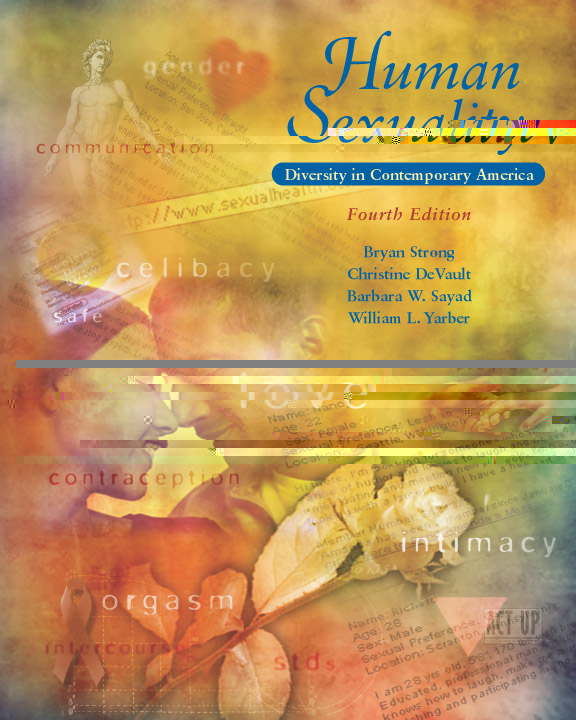 |  Human Sexuality: Diversity in Contemporary America, 4/e Brian Strong,
University of California, Santa Cruz
Barbara Werner Sayad,
California State University, Monterey Bay
Christine DeVault,
Cabrillo College
William Yarber,
Indiana University
Sexual Coercion: Harassment, Aggression, and Abuse
Learning ObjectivesAt the conclusion of Chapter 17, you should be able to:
1Discuss the issues surrounding the definition of sexual harassment, including the difference between flirtation and harassment. |
 |  |  | 2Describe the different ways sexual harassment takes place in schools, colleges, and the workplace. |
 |  |  | 3Discuss heterosexual bias and identify the sources of anti-gay prejudice, including religion, and how to decrease it. |
 |  |  | 4Describe the means of preventing sexual assault. |
 |  |  | 5Discuss myths about rape, the reality behind those myths, and the effect such beliefs have on our society. |
 |  |  | 6Compare and contrast the different forms of sexual aggression, including acquaintance, stranger, marital, statutory, male and gang rape. |
 |  |  | 7Explain the impact of rape on its survivors, including suggestions on supporting survivors. |
 |  |  | 8Identify the preconditions and forms of child sexual abuse, including characteristics of children at risk. |
 |  |  | 9Describe initial and long-term effects of sexual abuse and sexual abuse trauma. |
 |  |  | 10Discuss the principles involved in child abuse prevention programs and obstacles to implementation. |
 |  |  | 11Discuss the debate over recovered (repressed) memories versus false memories as it applies to sexual abuse. |
|



 2002 McGraw-Hill Higher Education
2002 McGraw-Hill Higher Education